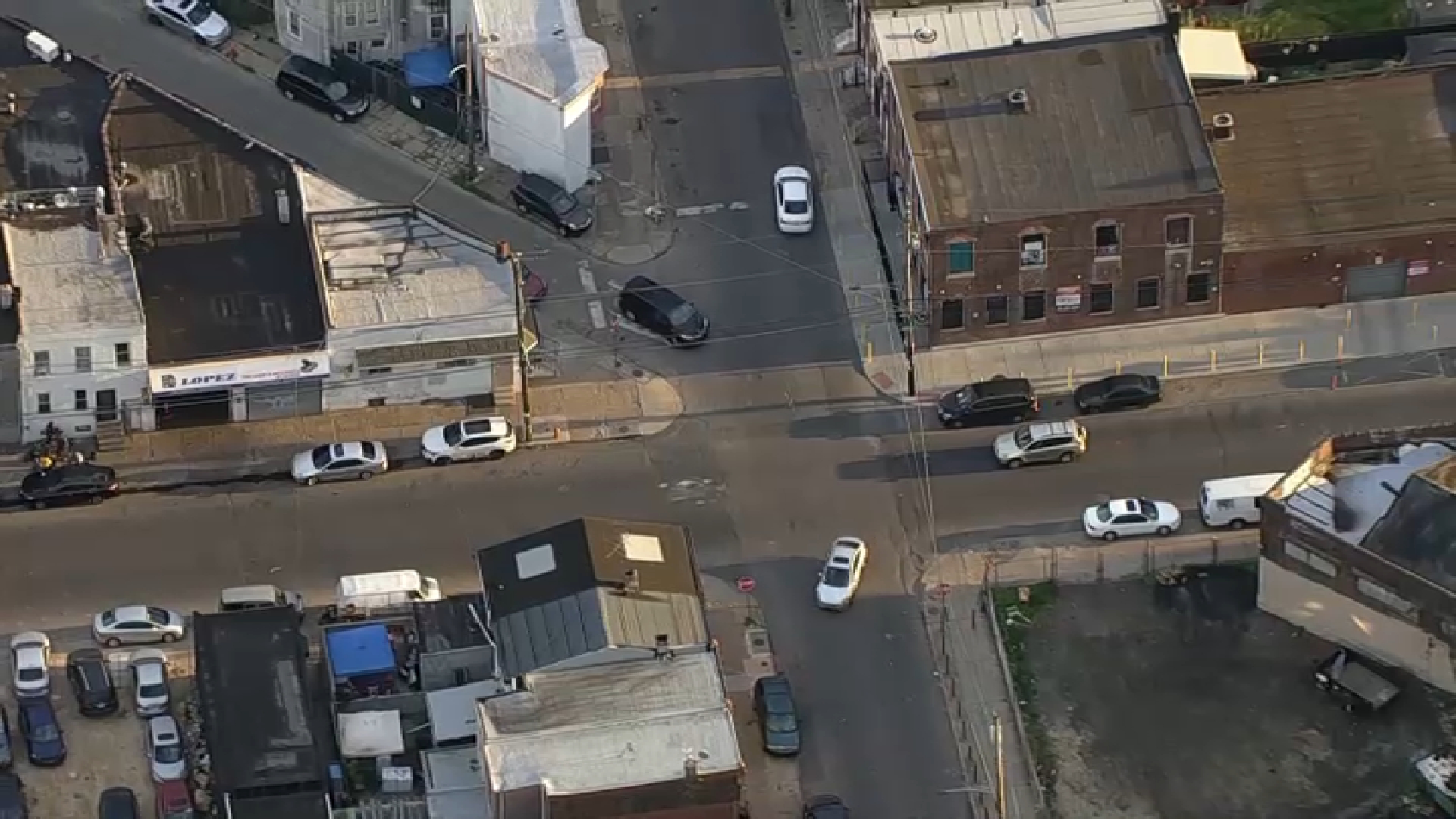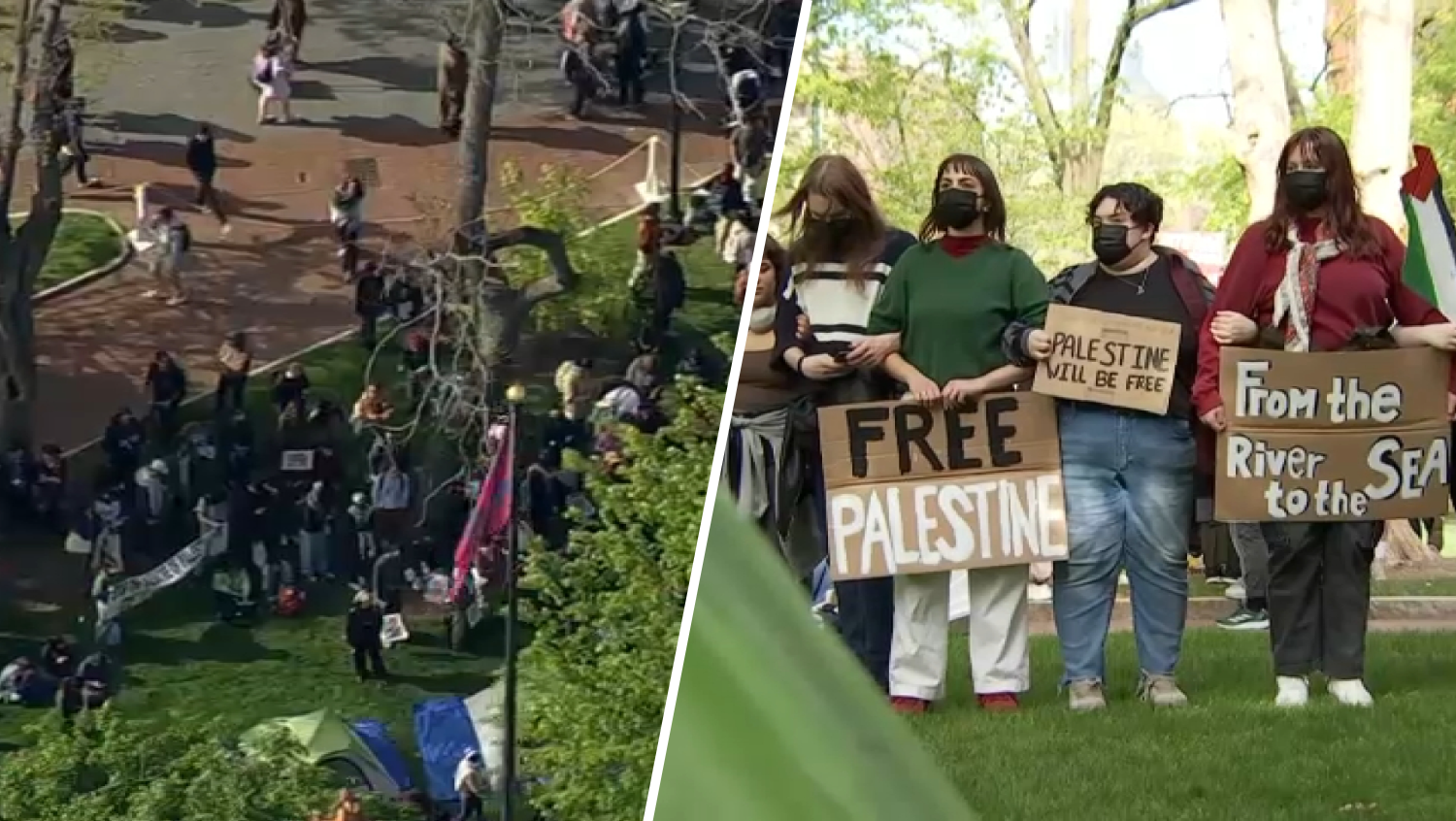Since Hurricane Sandy, the congregation at St. Theresa's Roman Catholic Church has thinned because so many people never returned to their storm-damaged homes.
The church is doing everything it can to stay financially stable and keep its doors open. Inside the church — built in 2006 — some of the lights have been shut off because it is too expensive to operate them.
"The Little Egg Harbor-Tuckerton area was forgotten during Sandy, which speaks so highly of the community here. People pulled together and helped people," the Rev. K. Michael "Mick" Lambeth told The Press of Atlantic City.
Similar to the days immediately following Sandy, the residents and church staff continue to pull together, he said.
"Even though we had no power the very next morning after the storm, we were here. People came forward to help, asking, 'What can I do?'" parish coordinator Cathy Mazanek said.
The aftermath of Sandy has not been kind to the township's residents or to St. Theresa's, Lambeth said. Each day, some of the residents who have returned to their homes visit St. Theresa's for some form of assistance.
Neither the township nor the state has a definitive number of how many local people did not return home after Sandy, but Lambeth said the proof is glaring during Sunday Mass.
Lambeth estimates the church lost about 1,000 families from the congregation. Before the storm, the church had about 5,000 year-round and summer families. In the weeks after the storm, the church lost about $120,000 in revenue, and finances have not improved since then.
Between the mortgage and other expenses each month, it costs about $60,000 to operate the church, Lambeth said. Before Sandy, parishioners gave about $13,000 per week, Lambeth said. That number dipped after the storm to $8,000 per month at its lowest.
As for the common argument that the Catholic church is the richest organization in the world, Lambeth begs to differ.
"That's just not the case. We're like any other corporation," he said.
This past fall, the church issued a request to the congregation for increased weekly offerings and launched an online giving program. The members of the congregation who have remained give what they can, but many of them are struggling as well. Church staff members have gone to part-time and volunteers to help control costs.
"This is a blue-collar community. This is not Rumson. These are working-class people and the working poor," Lambeth said.
Mayor Arthur Midgley, who serves as a lector, Eucharistic minister and usher at St. Theresa's, said he has noticed the drop in the number of people in the congregation, and it's concerning.
The church drew many families from the Mystic Island section of the township, which was hit the hardest and where many residents still have not returned, Midgley said.
"It's very disturbing, and I am concerned about the future of the church. For me, this is like a penance. This is how I give back. We're not the richest community in the world, and people can only do as much as they can," he said.
Midgley said the church plans to increase fundraising in 2014 to help pull St. Theresa's out of the red.
Lambeth said the church has also turned to the Diocese of Trenton for help.
Sixty-seven sites in the diocese were affected by Sandy. Of that number, 56 are parish sites and 11 are diocesan agencies or schools, diocese spokeswoman Rayanne Bennett said. Because of the storm, worship sites were closed anywhere from a day or two to several weeks, but no parish was permanently closed, Bennett said.
Midgley recalled when St. Theresa's was built in 2006, during the population boom in southern Ocean County.
In 2005, the church estimated that 50 percent of the new population drawn to the area was Catholic. That year, St. Theresa's broke ground on the 25,000-square-foot, 1,000-seat facility on Radio Road to meet the increasing population.
The new church was double the size of its previous facility at Route 9 and Cedar Street in neighboring Tuckerton.
About that same time, construction began in neighboring Stafford Township on St. Mary's Roman Catholic Parish Church, which would seat 1,200. When that project started, the parish had grown from 3,000 to 5,000 families during a 15-year period.
In the past 10 years, the Trenton Diocese has seen eight parishes undergo major church construction, Bennett said.
Local
Breaking news and the stories that matter to your neighborhood.
The diocese has 108 parishes with about 800,000 Catholic parishioners in the four counties it serves — Ocean, Burlington, Mercer and Monmouth, Bennett said. Not all of the Catholics are registered in diocese parishes, and parish census numbers range from a few hundred people in the smallest parishes to more than 7,000 in the largest.
Lambeth said the church knows where some of its parishioners went after the storm, but it is still trying to locate others to support them.
Lambeth said he is confident he has the fortitude, strength and drive to keep the parish moving forward. In 2014, St. Theresa's will be financially stable and the congregation will grow, he said.
"We also want to have a better handle on where the people from our church are," he said as he started to cry during a recent interview. "It's like a family down here."
___
Information from: The Press of Atlantic City (N.J.), http://www.pressofatlanticcity.com



